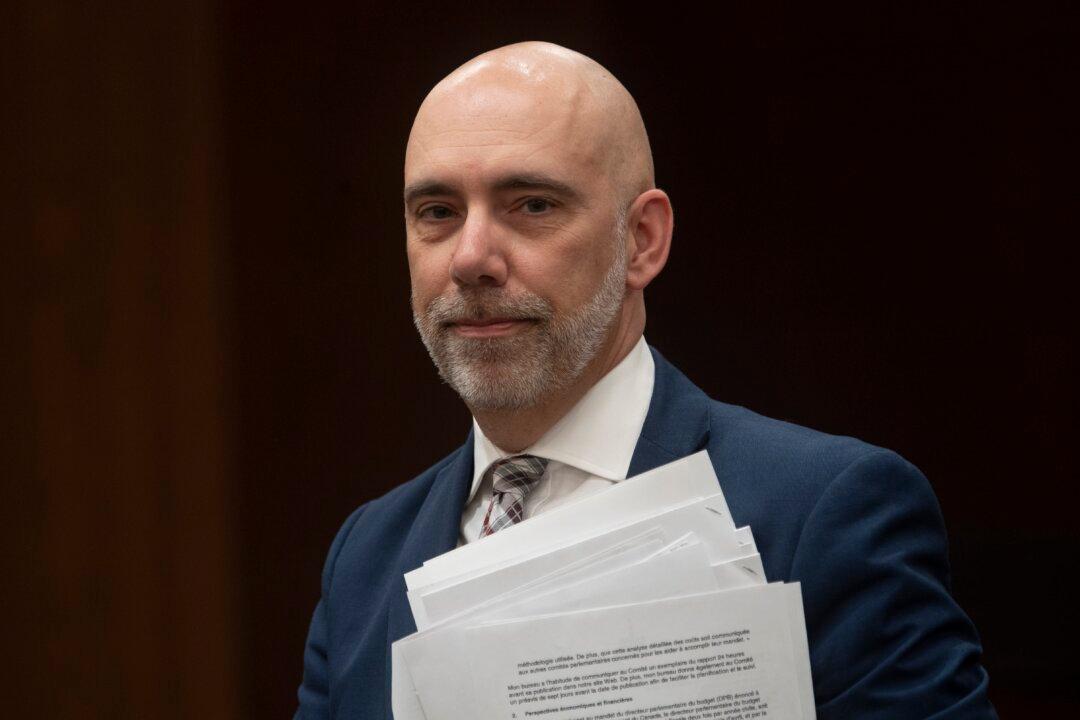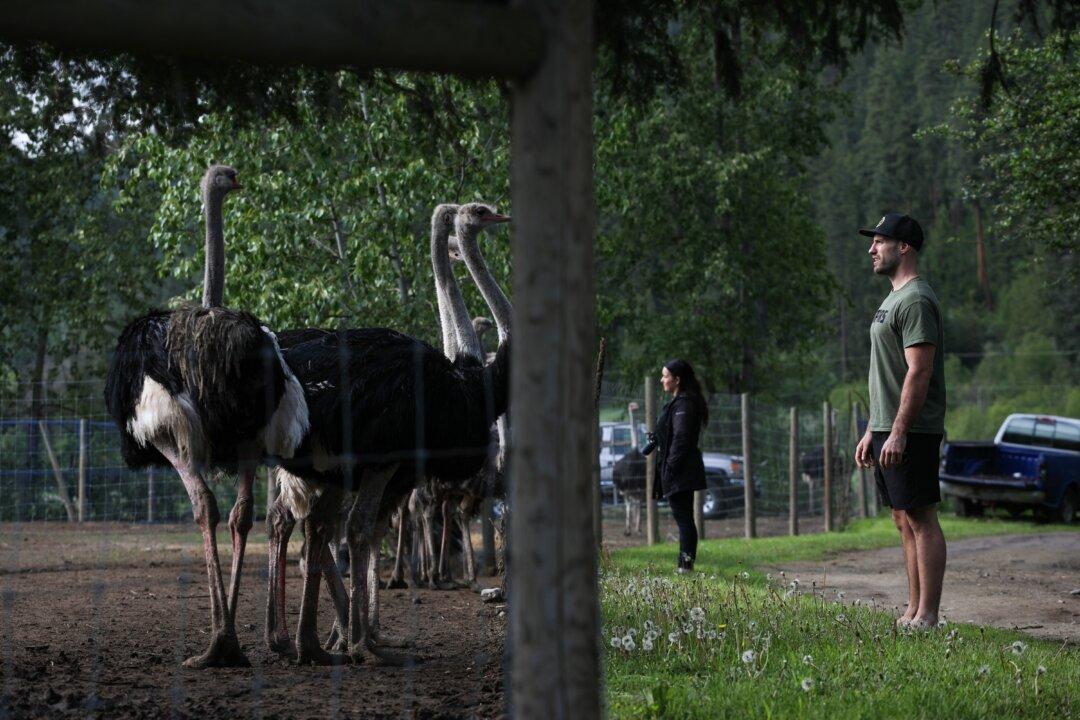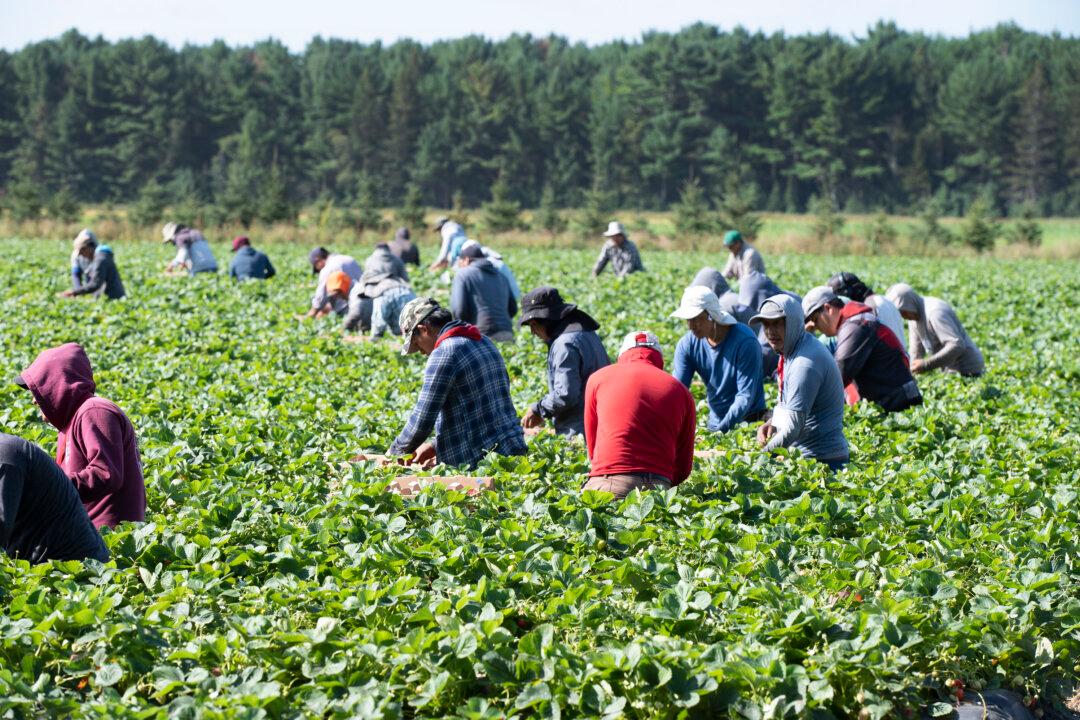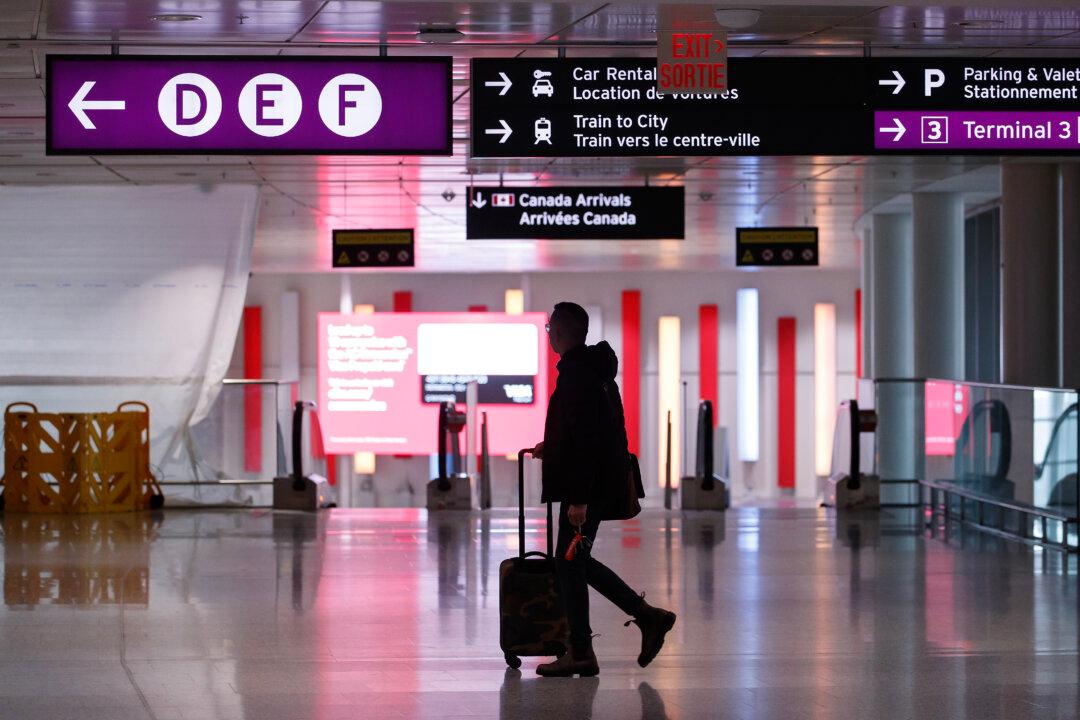The carbon tax imposed by the federal government will put Canadians in four provinces under financial stress, and it will only become worse in years to come, says a new report by the Parliamentary Budget Officer (PBO).
Released on March 24, the report concluded that by the time the federal carbon tax reaches $170 per tonne in 2030, most households in the three Prairie provinces and Ontario will see a “net loss” to their savings.





